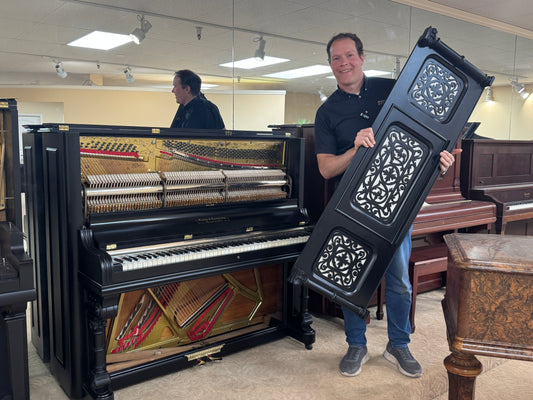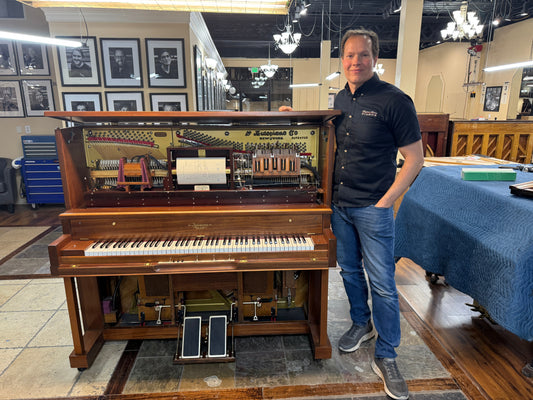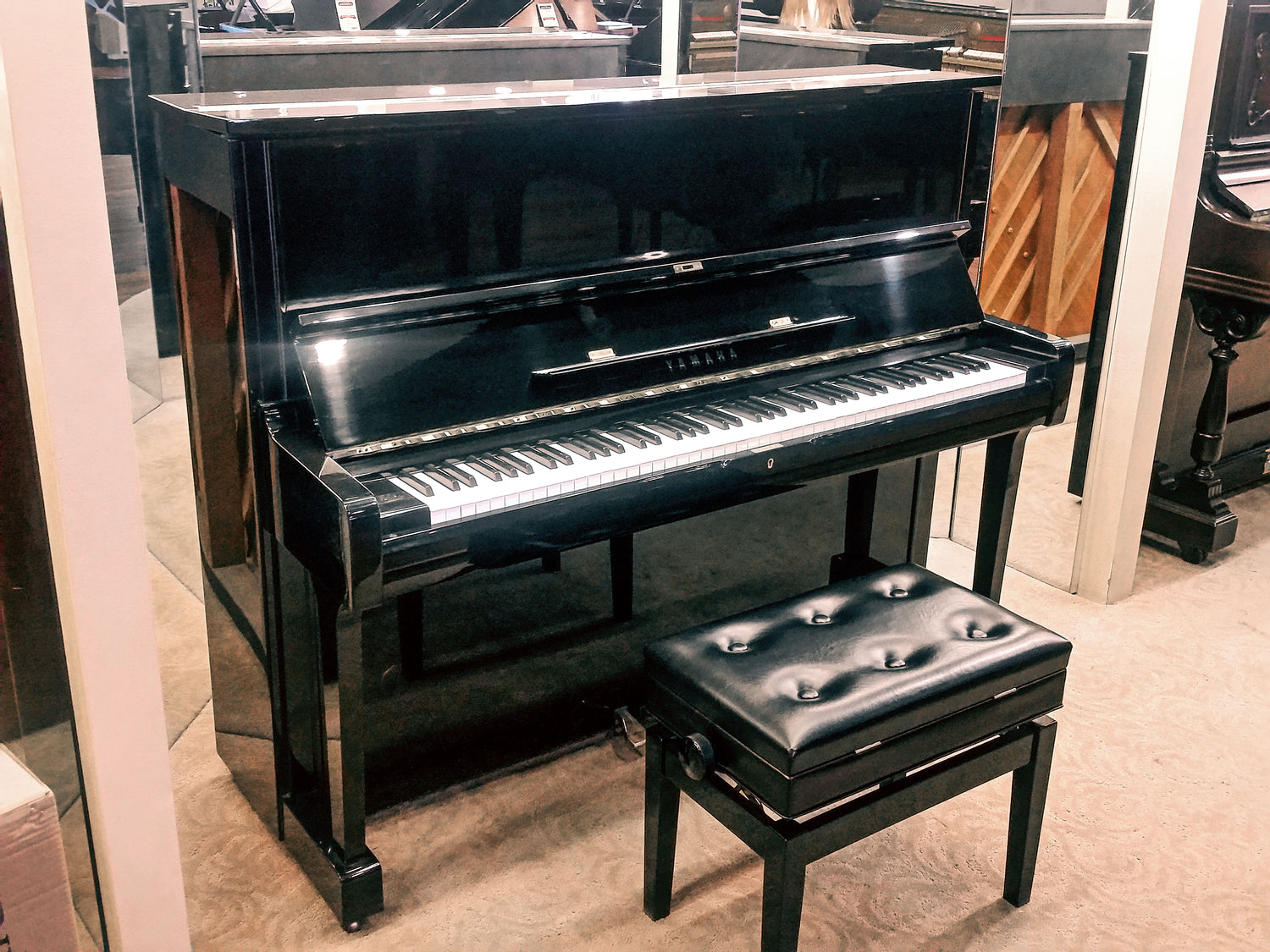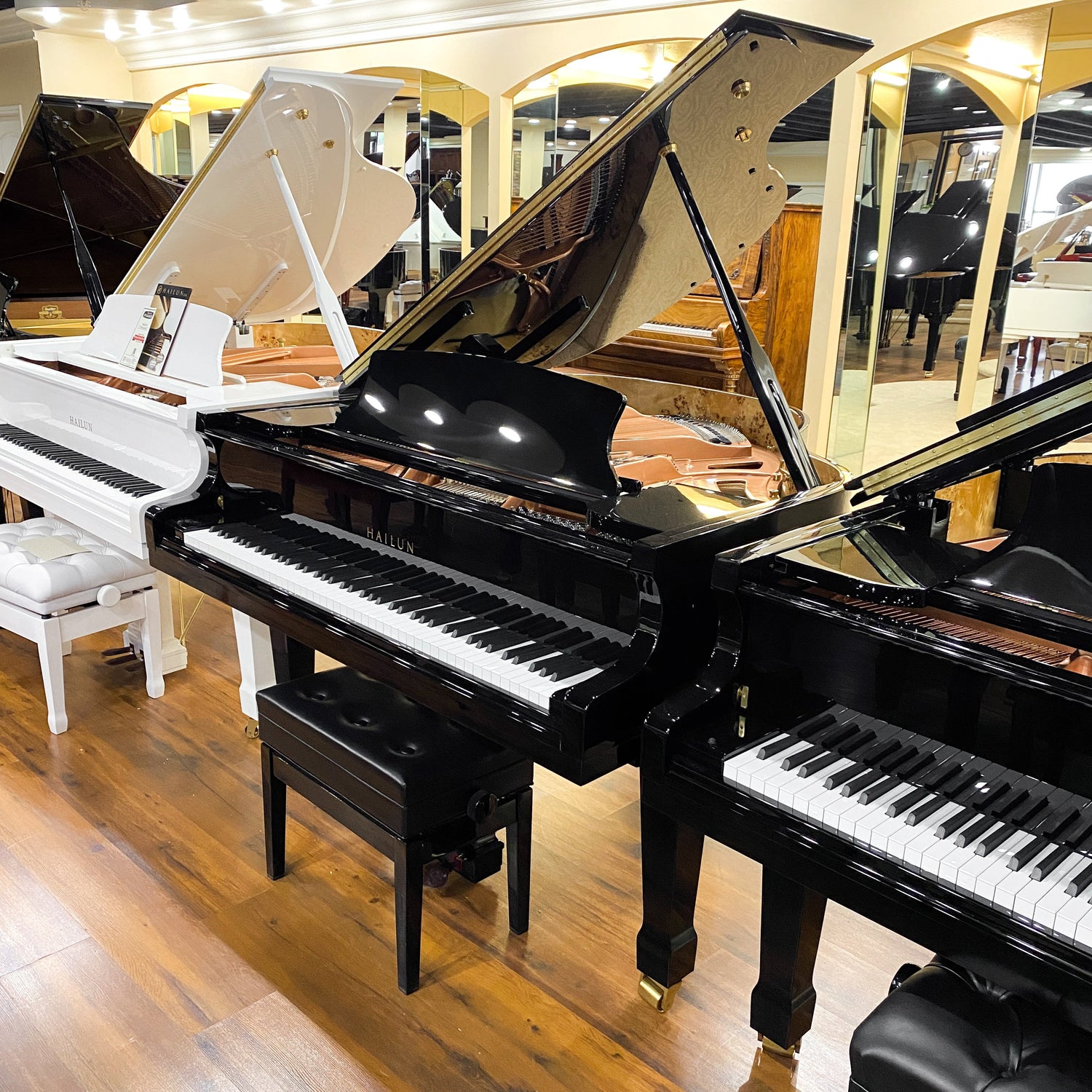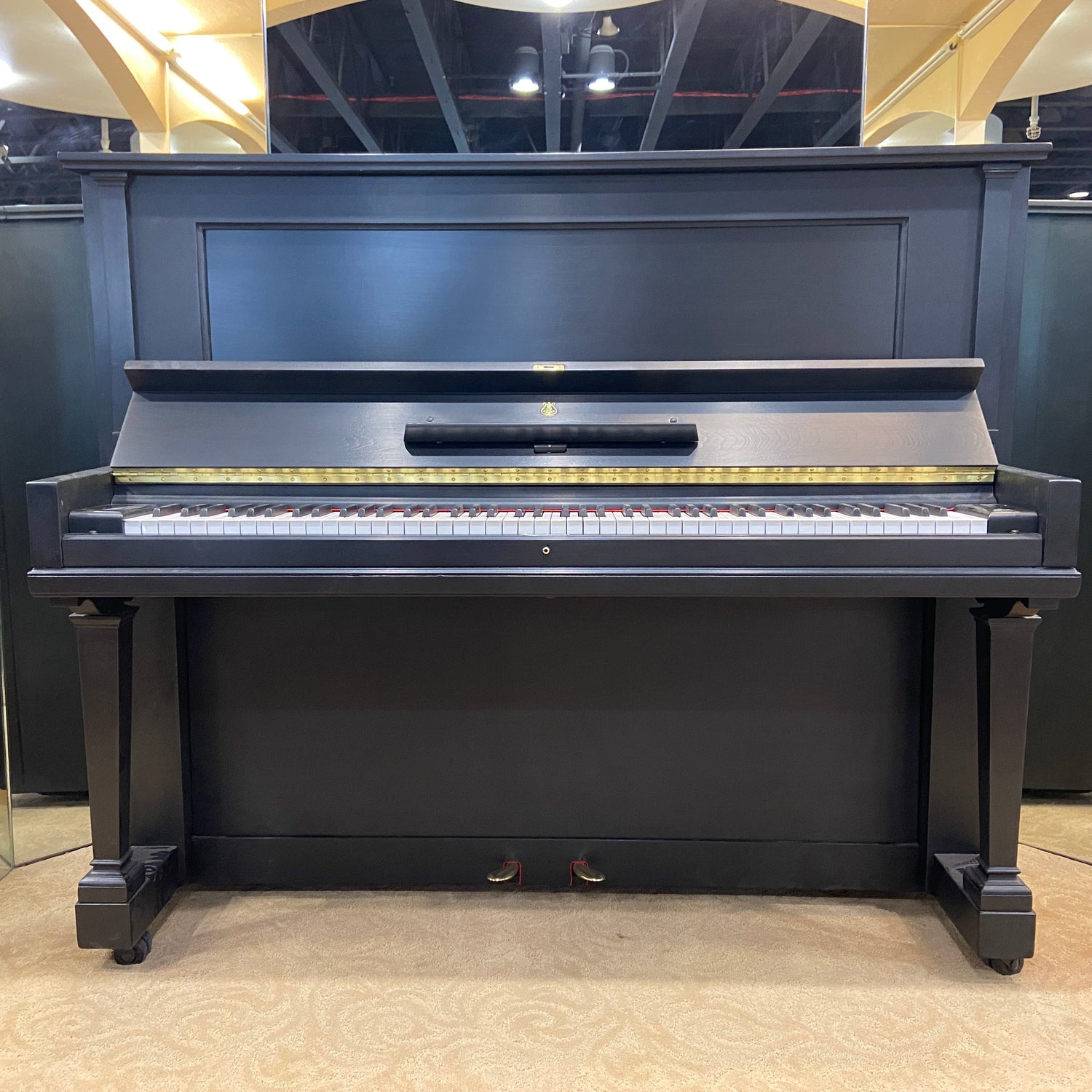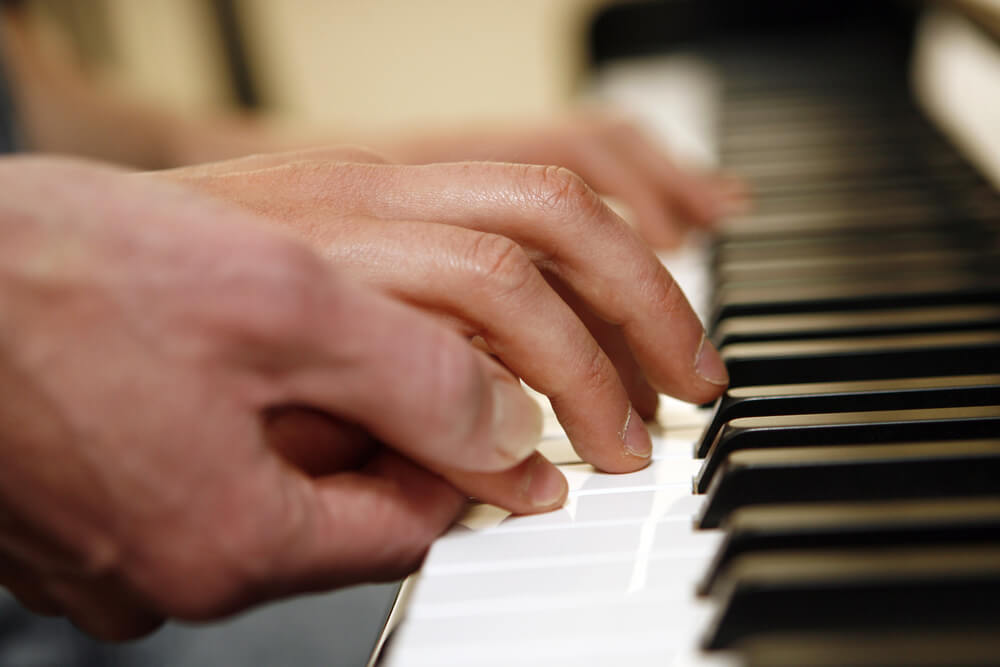
The Importance of Piano Technique
Karmel LarsonShare
Piano Technique. At some point, you or your child will hear this word from a piano teacher. But what does it mean? As long as you or your child learns how to read notes, does it really matter?
YES. Tens of thousands of musicians from around the world over the course of three centuries of piano pedagogy combined with scientific factors sustain the importance of correct piano technique. Piano students may be tempted to argue that there is no "correct" way to play the piano or create beautiful music- while that is true as far as taste, styles, and interpretation is concerned, there IS only one way to approach piano technique correctly.
POSTURE: Beginning pianists must form the habit of sitting up straight. Not only does it "look better", but slouching can put a strain on one's back, neck, and shoulders, making it difficult for them to move freely and quickly around the piano keys. Such strain will lead to pain and potential muscle or tendon problems that will prohibit one from playing the piano at all for an extended period of time, adding loss of skills and frustration to all of the existing trouble!
HAND POSITION: The way a pianist places their hands on the piano keys and proceeds to move them around is crucial to maintaining the health of one's fingers and wrists. Fingers should be in a curved position, with the palms hovering over the keys, not resting on them. Wrists should also be held straight, not above the rest of the hand or down on the front of the piano keys. Here's why:1.) Since fingers are different lengths, curving them helps decrease the discrepancy in length, making it easier for fingers to move quickly and reach different keys. This also prevents fingers from becoming stiff and sore.2.) Tendons that run through the hand also run through the wrists and forearms, so incorrect finger or wrist use results in pain that causes tendinitis and, in worst case scenarios, carpal tunnel. Such injuries are excruciatingly painful and may even force a pianist into "early retirement". 3.) Keeping the wrists loose not only creates more beautiful tones and graceful movements, but it helps ensure the wrists do not tighten and cause shooting pain to move up through the arms and shoulders. Holding the wrists too high or letting them rest on the piano causes strain in the fingers and elsewhere in the arm, which may also result in pain causing tendinitis, muscle soreness, numbness or weakness in the fingers or arms, poor blood circulation, and cold hands.
FINGERING: This promotes finger strength and flexibility. The power to play the piano in a strong, controlled fashion depends on the force of the whole hand, not the strain of individual fingers. Taking the time to develop each hand and its fingers contributes to stronger hands overall. Many of us have a "weaker" hand or "weaker" fingers as we start our piano studies. To help even out this discrepancy, piano teachers will introduce exercises such as Hanon or scales to help distribute the strength, power, and movement necessary for powerful piano playing as evenly as possible throughout the hands and fingers. To fully reap the benefits of these exercises, great care must be taken to learn them with correct fingering. Strong, flexible fingers are crucial to playing the piano well, and learning how to use correct fingering from the beginning will put students on the fast track for success!


